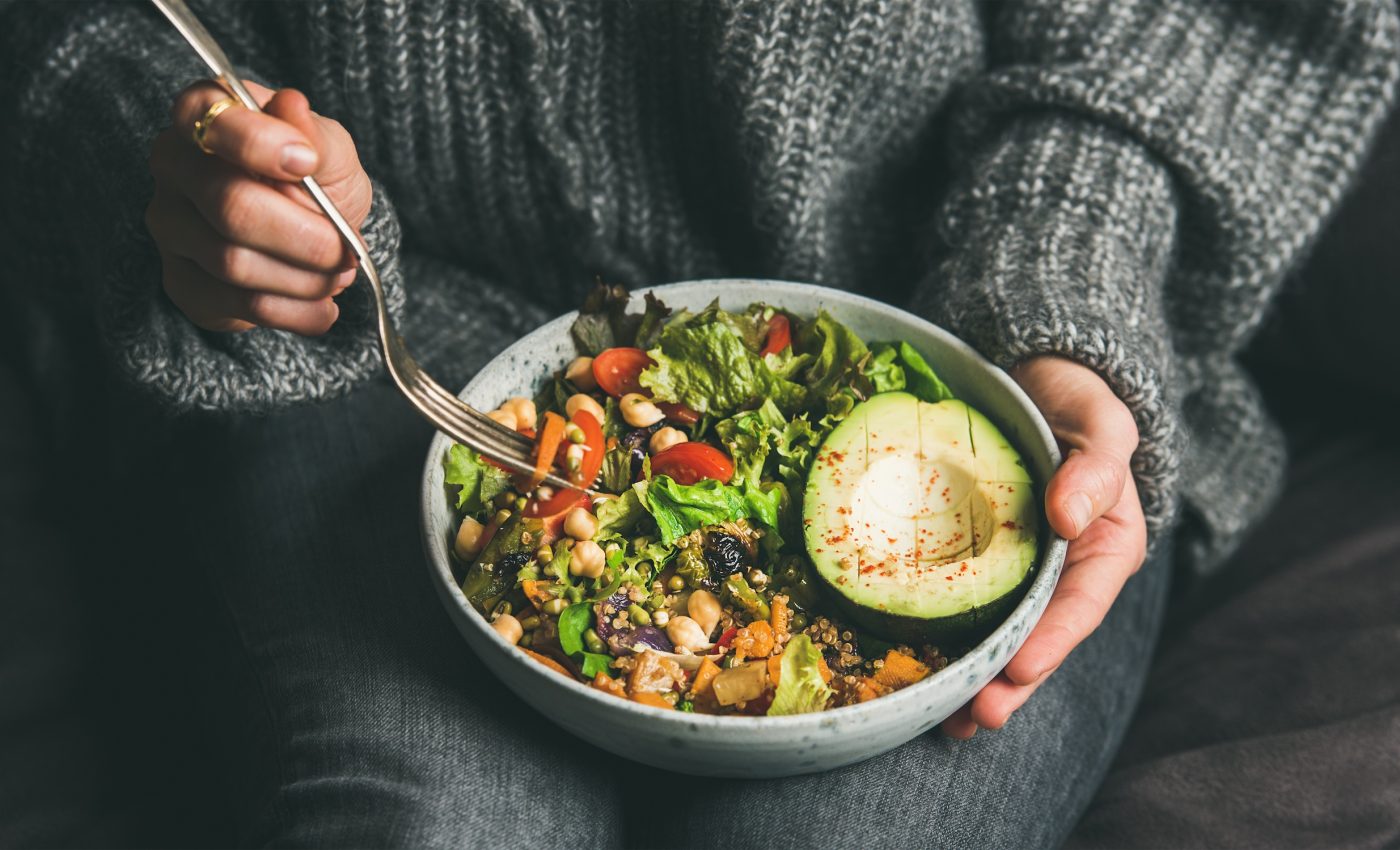
High-quality carbs in midlife linked to healthier aging
Aging can mean many things. It can mean slowing down, feeling less sharp, or facing more health issues. But it doesn’t have to. A new study suggests that what women eat in midlife could set the stage for how well they age.
Published in JAMA Network Open, the study from Tufts University and Harvard T.H. Chan School of Public Health dives into the power of carbohydrates and fiber in shaping health decades later.
How carbs affect aging
Not all carbs are equal. Some lift you up, while others drag you down.
“We’ve all heard that different carbohydrates can affect health differently, whether for weight, energy, or blood sugar levels. But rather than just look at the immediate effects of these macronutrients, we wanted to understand what they might mean for good health 30 years later,” said lead author Andres Ardisson Korat.
The study zeroed in on 47,000 women, ages 70 to 93. The researchers looked at what these women ate over a span of three decades, starting in 1984. They tracked their intake of refined carbs, high-quality carbs, and fiber. They wanted to see who aged well – and who didn’t.
What healthy aging looks like
Living past 70 doesn’t mean you’re aging well. The researchers defined healthy aging as reaching 70 without major chronic diseases, keeping a sharp mind, staying physically capable, and feeling good mentally. Out of 47,000 women, only 3,706 fit that bill.
What did those women have in common? A diet rich in high-quality carbs and fiber. The more they ate from whole grains, fruits, vegetables, and legumes, the better they aged.
High-quality carbs boost aging
Eating more high-quality carbs wasn’t just good. It was transformative. Women who upped their intake of high-quality carbs by 10% had a 31% better chance of aging well.
The same couldn’t be said for refined carbs. Sugary snacks and white bread were linked to a 13% drop in the odds of healthy aging.
“Our results are consistent with other evidence linking consumption of fruits and vegetables, whole grains, and legumes with lower risks of chronic diseases, and now we see the association with physical and cognitive function outcomes,” said study senior author Qi Sun.
Fiber’s role in protecting health
Fiber doesn’t just keep things moving. It protects your mind. It shields your body. For every one-standard-deviation bump in fiber intake, the odds of healthy aging shot up by 17 percent.
Fruit fiber boosted odds by 14 percent. Vegetable fiber added 11 percent. Even cereal fiber, often overlooked, contributed a 7% increase.
The benefits of fiber went beyond disease prevention. Women with higher fiber intake had stronger memories, better physical function, and fewer mental health problems.
All carbs affect aging differently
Glycemic index (GI) and glycemic load (GL) may sound like fancy terms, but they matter. Foods with a high GI hit blood sugar hard and fast. Not great for aging well.
High GL foods, on the other hand, had a surprising link to better mental health. But once the researchers factored in fiber intake, that connection weakened. The takeaway? Fiber might buffer some of the negative effects of high-GI foods.
Replacing refined carbs
Imagine swapping out refined carbs for high-quality ones. What happens? Women who did had 8% to 16% better odds of aging well. That’s a big jump.
“Studies are starting to find an association between food choices in midlife and quality of life in later years. The more we can understand about healthy aging, the more science can help people live healthier for longer,” Korat said.
Tracking women’s diets
This study tracked women’s diets for over 30 years. It connected their midlife eating habits to their health in their 70s and 80s. The findings suggest that small, consistent changes matter more than drastic diets.
The researchers saw that women who ate more whole grains, fruits, and veggies over time aged better than those who filled up on white bread and sweets.
The study mostly included white, educated health professionals. Participants reported their own dietary habits, which might not be completely accurate. And after three decades, memories can get hazy.
Still, the findings were clear. Eating more high-quality carbs and fiber in midlife made a noticeable difference. It wasn’t just beneficial – it was transformative.
What this means for women
Aging well isn’t just about avoiding illness. It’s about staying mentally sharp, physically active, and feeling good. The study suggests that what women eat in their 40s and 50s can impact their health decades later.
But it’s not just about eating fewer carbs. It’s about eating the right ones. Whole grains, fruits, vegetables, and legumes gave women a better shot at aging well.
Carbs and fiber shape aging
The food choices women make in midlife are more than just meals. They’re investments.
High-quality carbs and dietary fiber aren’t just good for digestion. They’re linked to lower risks of chronic diseases, sharper minds, and better physical health in old age.
Aging doesn’t have to mean decline, and it doesn’t have to mean slowing down. For the women in this study, eating well decades earlier paid off in a big way. The lesson? It’s never too early to think about the future. And it’s never too late to make better choices.
The study is published in the journal JAMA Network Open.
—–
Like what you read? Subscribe to our newsletter for engaging articles, exclusive content, and the latest updates.
Check us out on EarthSnap, a free app brought to you by Eric Ralls and Earth.com.
—–













